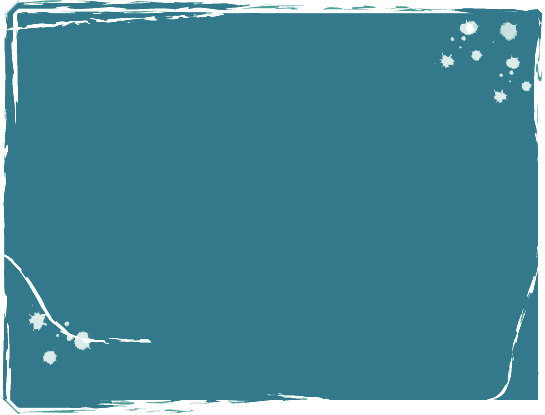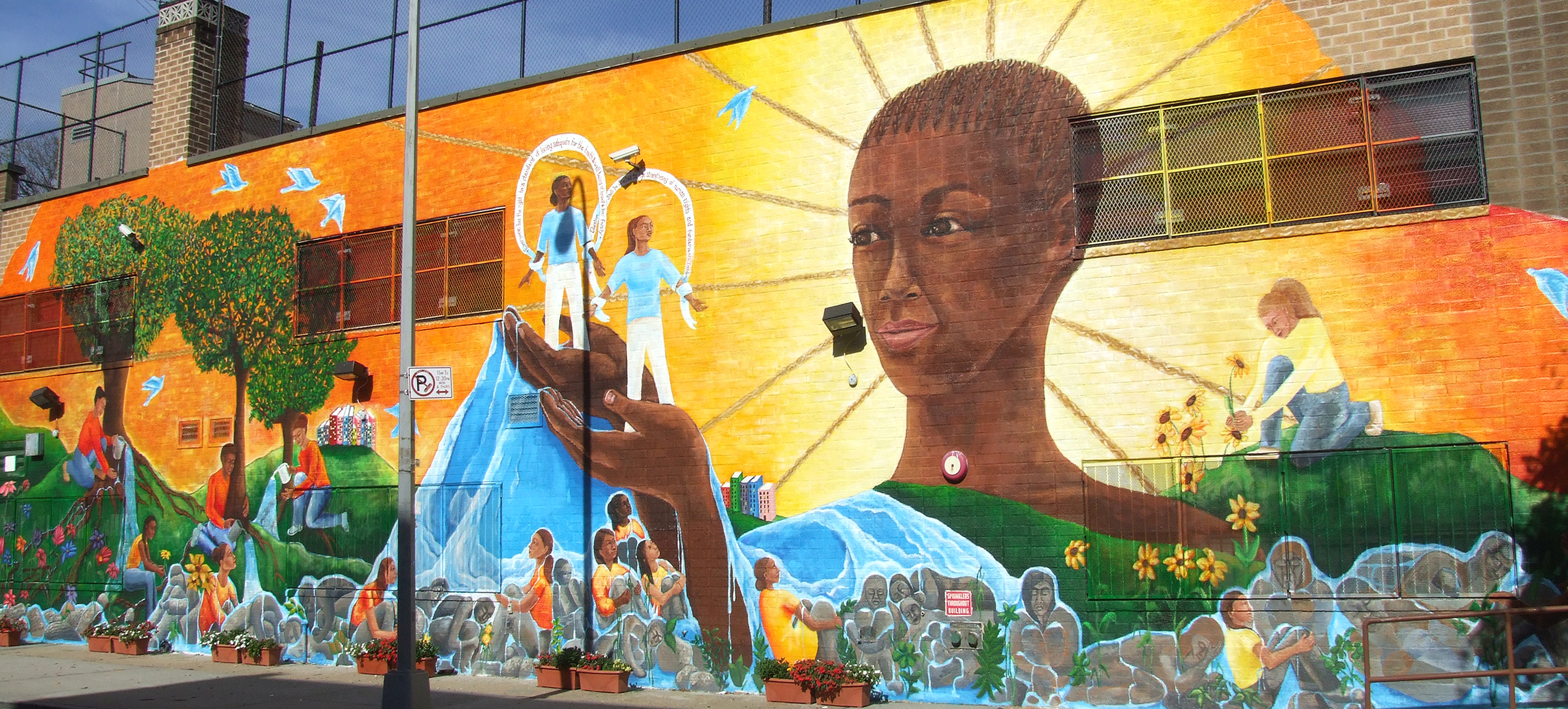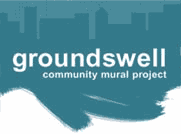

SLI/ Woman Rise (Voices Her'd)

WOMAN RISE
Groundswell Community Mural Project ©
www.groundswellmural.org
Acrylic on Rough Brick
25 x 95 ft
2009
Artists: Katie Yamasaki & Menshahat Ebron
Youth Artists: Andrea Gil, Yasemin Kaynas, Jasmine Marquez, Raspberri Jackson, Elsa Hardy, Ify Chinjena, Ernessa Derose, Sophie Zimilies, Anna Kwiatkowska, Laura Castillo, Casey Jones, Kiwalewa Mlimwengu, Elizabeth Yanes
Volunteers: Yaimara Gonzalez, Mayra Ortiz-Paige
Community Partner(s): BRC
Location: 85 Lexington, BRC Women’s Residence. Bedford Stuyvesant, Brooklyn
PROJECT DESCRIPTION
Woman Rise was developed to address the connections between poverty, education and health. The Voices Her’d teams’ research was extensive, combining statistical information and meetings with public officials and social justice organizations, with personal interviews and anecdotes. They also looked closely at art that addressed complex social structures. As the mural was created in partnership with a transitional housing residence for homeless women, the girls chose to create a universal image that recognized struggle, hope and solidarity as essential themes relating to all women. It is the hope that women will be able to identify with the imagery of transformation and relate it to their own personal experiences.
In Woman Rise, a large central figure of a woman holds two smaller women in her hands. This main figure is painted as the sun and represents hope and justice. Her hands are positioned in a pose utilized in ancient Egyptian art, symbolizing offering. In her hands stand two women who represent health and education. They have banners over their heads that were adapted from the United Nations’ Universal Bill of Human Rights. Water flows from the central figures hands which, also from ancient Egypt, represents rebirth. The water is flowing over figures that stretch across the long, horizontal base of the mural. Some of the figures are painted as stones, symbolizing people in a hard moment of their lives, perhaps stuck in their circumstances. As they are infused by these empowering tools of health and education, while symbolically offered rebirth in the water, they are able to work at bettering their circumstances. They exit from poverty and eventually are able to plant those same seeds (represented by people planting and watering trees and flowers) and in solidarity with other women, help to continue this exit from poverty. The central figure’s hair is braided and the braids also become the sun’s rays. The braids symbolize how the topics of poverty, education and health cannot be extracted from one another. In order to address any one of those issues, you must address all three at the same time. The birds are also a symbol of freedom, change and mobility.
